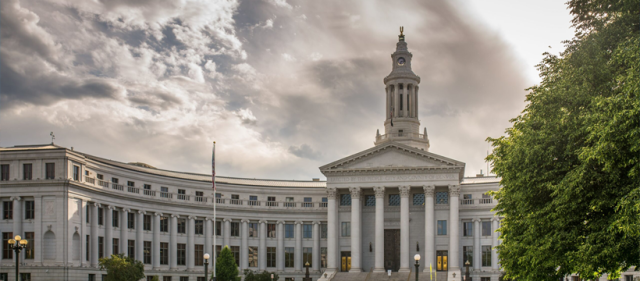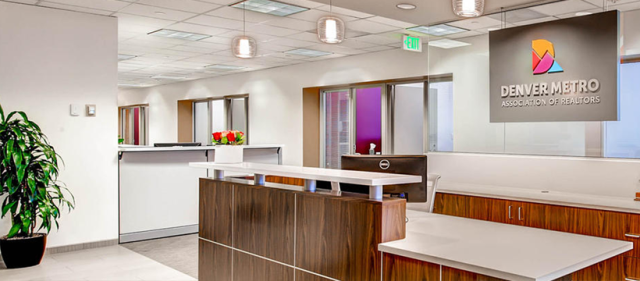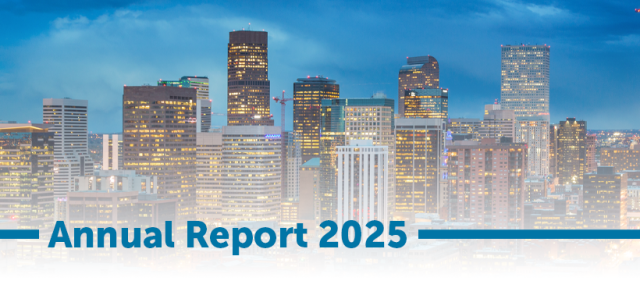The Evolving Trends in Industrial Real Estate: A Comprehensive Overview | Guest Post
Increased digitization, logistics challenges, and insatiable demand for warehouse space are a few of the macro-level business trends that have emerged in the wake of the COVID-19 pandemic. The result is that companies are having to be more creative in how they operate in order to stay in the black on the bottom line. The industrial real estate they choose for fabrication, R&D and warehousing has likewise seen noticeable changes to stay current with the times. Keep reading for a comprehensive overview of the evolving trends in industrial real estate.
Increased Focus on Energy Efficiency
With the United States eyeing a net-zero economy by the year 2050, the shift to energy-efficient industrial buildings is occurring at breakneck speed. Aside from solar panels and other types of PV technology for creating renewable energy, some trending energy-efficient materials include:
- Increased window area to transmit more natural sunlight
- Polyiso insulation in the roof and exterior walls to improve R-value and reduce thermal bridges in the building
- Innovative HVAC systems with strategically placed backdraft dampers to ensure optimal use of conditioned air
- Automation and motion-detection for lights, toilets, sinks, and temperature controls
In addition to helping the building owner save on utility costs in the short term, these types of energy efficiency measures are critical for ensuring ongoing compliance amid tightening emissions regulations.
Added Durability Measures
Durability can sometimes take a back seat to energy efficiency in the realm of sustainable construction, but it is equally important to consider. Durable materials will stand the test of time and not degrade in the face of heavy use and extreme weather conditions. This limits the money and energy capital required for ongoing maintenance, upkeep, repair and replacement. Some durable materials trending in industrial construction include:
- Metal roofs and prefabricated steel buildings.
- Crystalline waterproofers in concrete to prevent moisture absorption and damage caused by freezing and thawing.
- Epoxy terrazzo and polished concrete flooring.
- Hurricane-grade storm windows. These use steel frames, grilles, and sashes and are resistant to winds up to 250 MPH and projectile impact up to 100 MPH.
With many parts of the country being stricken with debilitating severe weather events as a result of climate change, the trend toward more durable building materials well-positioned to withstand these occurrences will likely strengthen in the years to come.
Exterior Accents
Industrial buildings are no longer cold, utilitarian structures. They must be conspicuously more dynamic and aesthetically appealing in 2023 than they were in bygone years.
Countless studies indicate the importance of employee mental health and well-being on company productivity. Establishing curb appeal and providing functional exterior break areas are great measures to take in this regard. Some trending concepts industrial buildings are employing to maximize their exteriors include:
- Rooftop decks and staging areas for light packing
- Brick cladding system to enhance the building’s moisture barrier while also boosting aesthetic appeal
- Xeriscaped perimeters to keep the landscaping looking pristine in all seasons
- Decorative screens and architectural grilles to provide visual intrigue to otherwise drab facades
One note for buildings considering the rooftop as an exterior space: it is important to install structural b decking to the roof substrate before any insulation or finishing pavers are applied. B-decking provides shear protection that transfers vertical loads incurred by the roof horizontally to the building’s frame. This prevents acute damage to the roof and allows it to accommodate heavier weights than it could in the absence of b-decking.
Versatility at the Forefront
With the rising costs of industrial rents, more and more tenants are looking for ways to share the cost of the facility with other departments or businesses. Therefore, any features that help enhance the building’s versatility will stand out in the industrial real estate market. Some features that score high for versatility and appeal to a wide range of tenants include:
- Metal buildings with significant clear span. This helps facilitate interior reconfiguration and increases options for racking and shelving.
- Modern on-site office space to handle online business.
- Acoustic wall panels and clouds to prevent unwanted noise transfer throughout the building.
By creating these types of flexible industrial spaces, building owners increase the pool of potential tenants who may be interested in a lease.
Re-Emphasis on Safety
From natural disasters to human tragedy, it seems like there is a daily heart-stopping news story somewhere around the world. As such, it is paramount to keep safety and security at the forefront of an industrial building. A few of the many ways to promote safety in a commercial structure include:
- Installing the latest fire detection and prevention technology in the facility
- Guaranteeing that all ADA accommodations are met
- Implementing safety doors and credentialed access
It can sometimes be difficult for the untrained eye to notice safety concerns, so it is worthwhile to periodically employ the services of a professional building inspector. It is an investment that could save a lot of heartache down the road.
Consider These 5 Points to Stay Ahead of Industrial Real Estate Trends
To help companies stay profitable in a changing business climate, industrial real estate has seen the emergence of some powerful trends in recent years. Increased focus on energy efficiency, improved durability, exterior upgrades, added versatility, and re-emphasis on safety features are 5 of the ways to help modern facilities stand out in the industrial real estate market!
Rachel Tolander is a freelance writer that loves sharing her knowledge and experience in remodeling, construction, and safety. She lives in a small town North of Austin, Texas where she spends her free time cheering for her son at his ball games and spending time with her family. Rachel’s work as a freelance writer can be found on Building Product Advisor.



